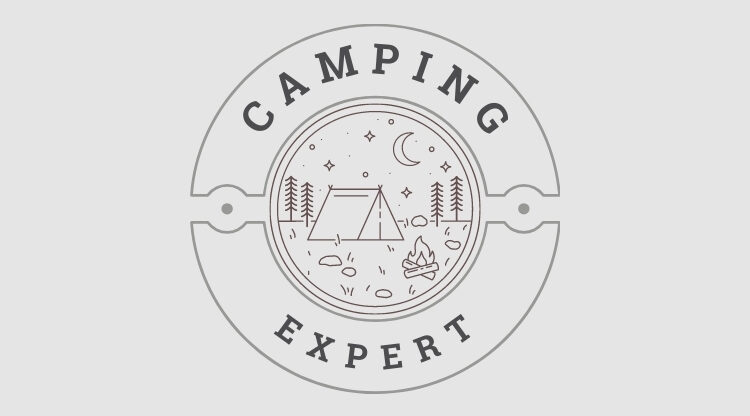Lighting
There are several different forms of lighting which can be used on camping trips. Whichever type you choose will depend on your individual preferences and circumstances but the one form which every person should take, regardless of whether or not you’re making additional lighting provisions is a good torch.
A torch is an essential camp item, whether you take a large or small one. You can get them in all shapes and sizes, from a miniature ‘maglite’ which fits onto a keyring right up to a large hand held spotlight. You need to ensure that you always take enough batteries with you and, perhaps a couple of spare bulbs (LED ones are better), especially for the smaller, fragile models. There are also some models which can be wound up and don’t require batteries.
A slight variation on the conventional torch is the headlamp which is lightweight and compact. Worn on the head, they free up your hands which is useful if you’re cooking at night, simply want to read and not forgetting those late night toilet trips!
Camping Lanterns
There are also a wide range of camping lanterns to choose from. The choice is mainly between electric, fuel and candle powered and all have their benefits and downfalls. If you have children especially, electric lanterns are good for using inside the tent as there’s no fire risk associated with these. Fluorescent light bulbs provide a brighter light and these lanterns often come with two settings so you’re able to conserve energy by using one bulb. Some electric lanterns are battery powered so it’s necessary to make sure you take enough batteries or if they’re the rechargeable type, make sure you carry your recharging equipment with you.
Fuel lanterns are more traditional and can be more economical if you’re already carrying fuel for a stove. Some of them only burn a specific fuel type which can be petrol, butane or propane. It is important to remember not to use these kinds of lanterns inside the tent and that there is enough ventilation.
A candle lantern can be useful if you want to conserve fuel or batteries or as an alternative form of light if your fuel or batteries are running low. Once again, it’s crucial that you’re careful where you situate a candle lantern because of the fire risks attached. They are not recommended for use inside a tent but if it’s your only source of light, you need to be extremely careful where you place it – never near the canvas of the tent and never leave it unattended. You also need to be aware of wind as that can also be a dangerous hazard and make sure you ventilate properly as candles consume oxygen.
If you’re camping with children, glow sticks (light sticks) are not only the safest form of lighting but kids will find them fun. They are clear plastic sticks containing chemicals which, when mixed together, produce a bright, glowing light. They are non-toxic and non-flammable so are ideal for kids to have in the tent. They’re also not affected by wind or rain.
Heating
Whilst camping should be fun, it should also be safe. By taking a portable heater with you, it adds to the list of potentially dangerous situations you might be putting you and your family at risk of. Like other forms of camping lighting equipment, camping heaters also come in electric (battery) operated form as well as being powered by butane, propane and petrol. Personally, I would only ever recommend the electric or battery operated ones as the fuel powered ones come with inherent dangers attached. Not only can careless use result in fire hazards, the fact is that fuel burning heaters give off dangerous carbon monoxide gases. If you add in the fact that you might be thinking of using one of these in a confined space, i.e. a tent, the fact that carbon monoxide is poisonous and cannot be detected by its odour, coupled with the fact that a nice, warm tent, whilst cosy, may induce a feeling of dozing off to sleep, and you can appreciate that fuel burning heaters can be potentially fatal.
If you insist on using a fuel based heater, it should be operated only outside the tent and be supervised at all times. For warmth whilst in the tent, I’d recommend a good old fashioned hot water bottle or simply bring extra layers of warm clothing. If you insist on a heater, then a small portable battery operated one should be your heater of choice.
The campfire
Whilst any form of naked flame can, potentially, be dangerous, the traditional campfire is part of the fun for anyone who enjoys camping. Not only does it provide light and heat for cooking and warmth, it’s the traditional gathering place at a camp site to sit and while away the evening in good conversation or to enjoy a good old fashioned sing-along.
However, it’s still important to remember that fires of any kind can be dangerous and great care should be taken when building, maintaining and extinguishing a campfire.
Firstly, before you even start to build a fire, you need to ensure that there are no fire restrictions on where you plan to build it. It is your responsibility to know the regulations and how to maintain a fire. You should also never cut down trees or break branches of trees to fuel the fire. Only use wood you have bought for this purpose or dead branches. You also need to ensure you leave the area as you found it so, after extinguishing the fire with water and the site of the fire has cooled completely, you should remove any charcoal or other fuel like wood from your pit and dispose of it safely and correctly.
